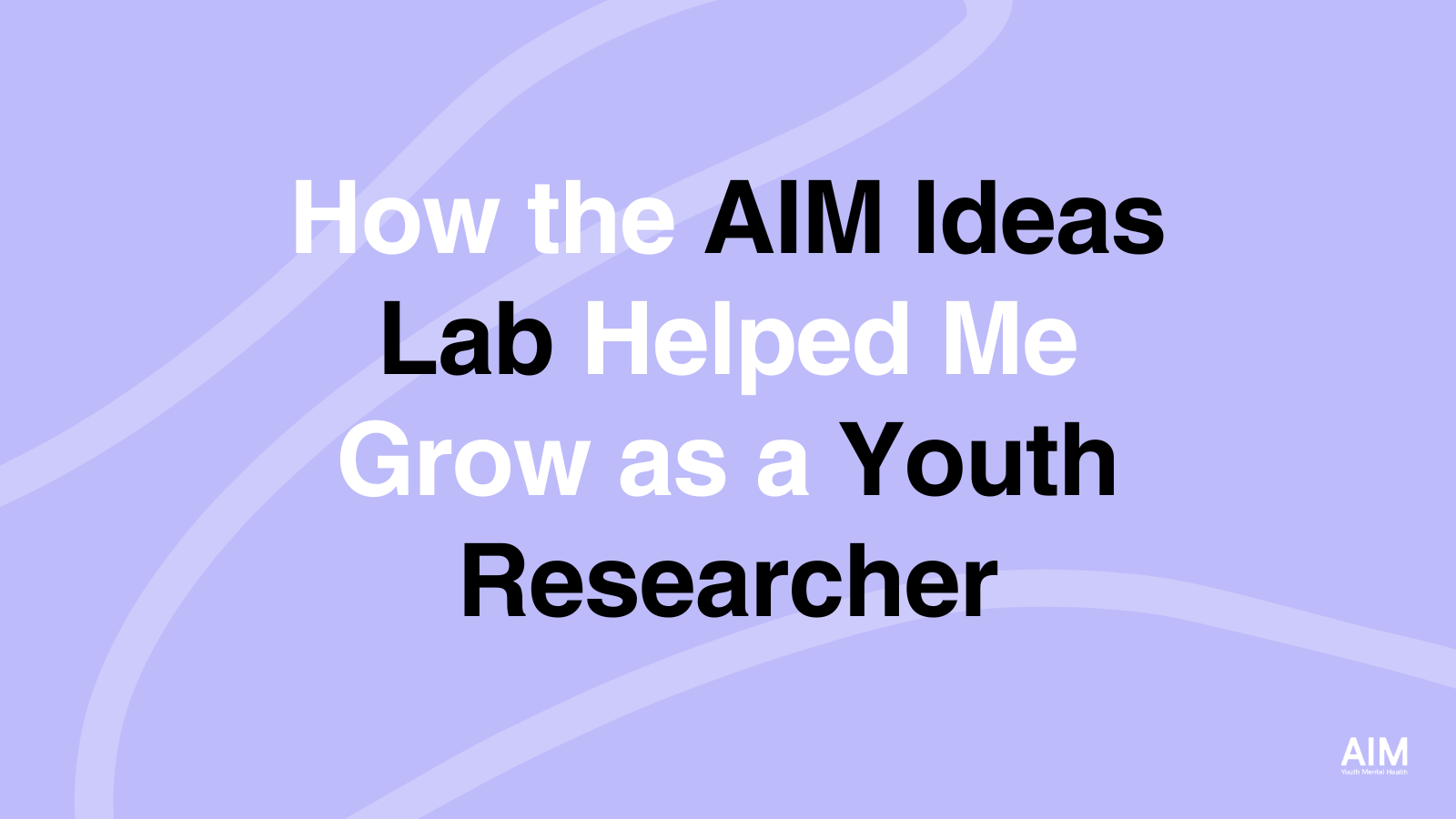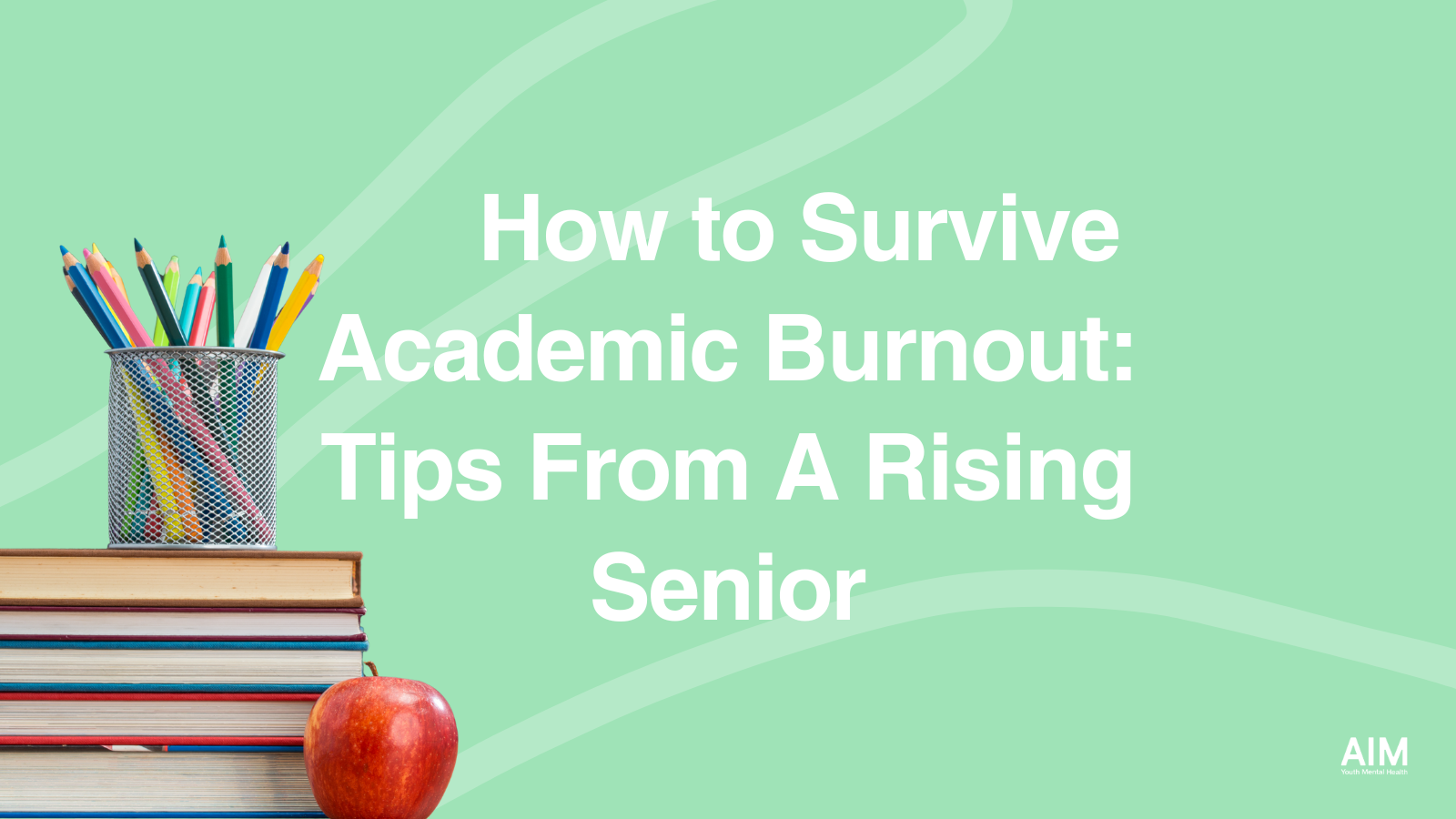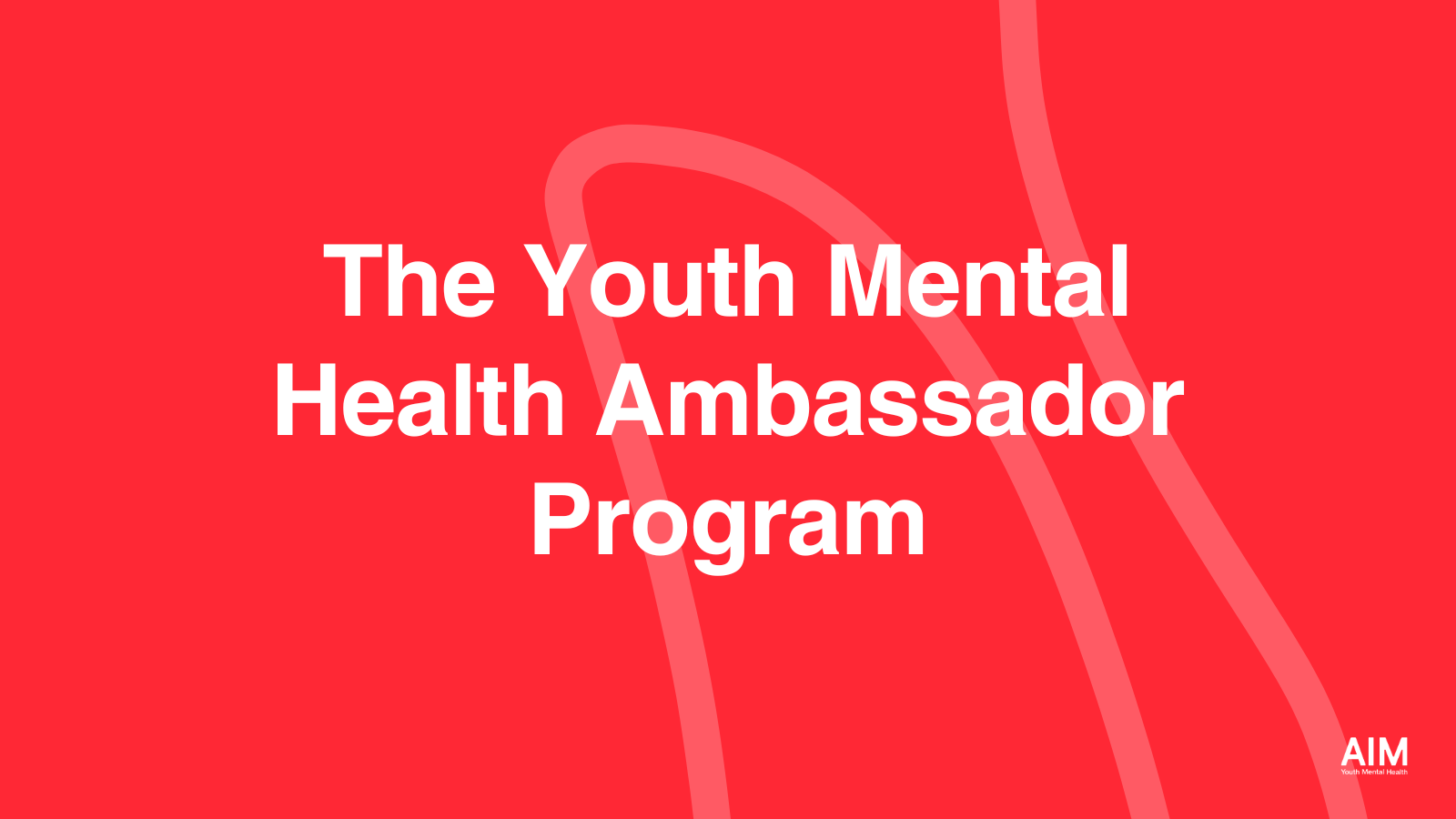The dissemination of Evidence-Based Treatments into everyday clinical practice is not an unplanned process, but requires focused efforts. That is where implementation science comes in. We had a conversation with new AIM Scientific Advisory Board member, Dr. Rinad Beidas, about her career as an implementation science researcher and where she sees the trajectory of youth mental health.
Rinad, welcome to the AIM team! We are so happy to have you as part of AIM’s Scientific Advisory Board.
Thank you, I’m thrilled to be on the Board!
Can you start by telling me about where you work and your area of research?
I’m the Founding Director of the Penn Implementation Science Center (PISCE@LDI) and an Associate Professor of Psychiatry; Medical Ethics and Health Policy; and Medicine, and a clinical psychologist, at the University of Pennsylvania Perelman School of Medicine.
My research focuses on advancing the study of methods to promote the systematic uptake of evidence-based practices into routine clinical care to improve the quality and effectiveness of health and behavioral health services. Much of my work over the past decade has focused on implementing evidence-based practices for young people within the mental health care delivery system in Philadelphia.
That sounds incredible! What exactly is Implementation Science?
Said simply, implementation science is about impact and moving the needle in health or mental health – or ensuring that all of these great scientific discoveries we have made, are easily available and have impact on the populations for which they were developed.
Why did you choose to specialize in this field?
I trained in Phil Kendall’s lab as a graduate student. Phil had developed an effective cognitive behavioral treatment (CBT) for pediatric anxiety called the Coping Cat. I started to notice a pattern such that many of the young people who came to our clinic had visited clinicians in the community and not had received CBT. I began to wonder why CBT was not available in the community and it completely reshaped my career trajectory!
** Philip C. Kendall is Distinguished University Professor and Laura H. Carnell Professor of Psychology, Director of the Child and Adolescent Anxiety Disorders Clinic at Temple University, and clinical child and adolescent psychologist. **
How have you seen mental health challenges change in the last 5 years? In the last few months with the pandemic?
The pandemic has shown a spotlight on the global mental health crisis for young people. In the US, our suicide rates have increased over the past decade, and the mental health of our population has declined. My hope is that this is an opportunity to funnel needed resources and attention to prevention and intervention.
Where do you see blind spots in the youth mental health research field?
My hope is that all research be informed by principles of implementation science, even basic neuroscience. If we do not include end users in our research, then we limit the eventual acceptability and feasibility of these approaches in the real world, thus reifying the research-to-practice gap. My hope is that teams studying youth mental health all include someone with training in implementation science to enhance the eventual impact of the work.
What (if anything) are you excited about for the future of youth mental health research?
I’m excited about the following areas:
(1) The increased emphasis and awareness of the importance of implementation science in youth mental health research
(2) Innovative models of delivering care such as single session interventions, led by Dr. Jessica Schleider and colleagues
(3) Health equity and reducing mental health disparities in Black young people as a new focal point of priority for the field
Anything that you would like to share that you are working on right now?
I am very excited about a new R01 trial, funded by the NIMH, and in partnership with Henry Ford Health System and Kaiser Permanente Colorado, to implement firearm safety promotion in pediatric primary care as a universal suicide prevention strategy. This work is the culmination of several years of research to understand how best to implement this evidence-based practice that includes the voices of many stakeholders.
How do you measure the impact of your work?
For me, the impact of my work is measured by whether it is translated into practice and policy and if it amplifies the voice of all stakeholders involved.
What attracted you to join AIM’s Scientific Advisory Board?
Given my area of research, I was attracted to AIM’s mission and incredibly impressed by the set of colleagues on the Scientific Advisory Board who are influential thought leaders in the field.
How important is the work AIM does? Why do you think AIM’s mission is important?
Mission critical. As I noted above, we are currently in a global mental health crisis which is most acutely affecting young people and exacerbated by the pandemic. An organization focused on investing in the mental health of young people both via research and community engagement is exactly what we need to start addressing this crisis.
Interview by Sydney Stilwell





